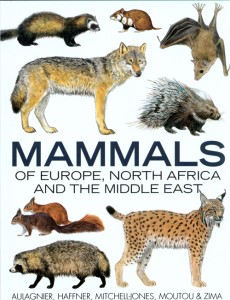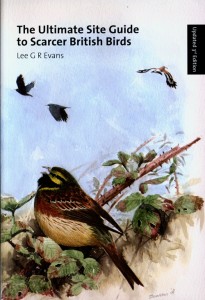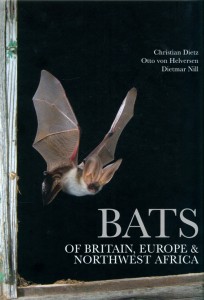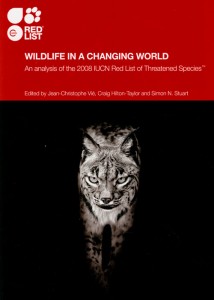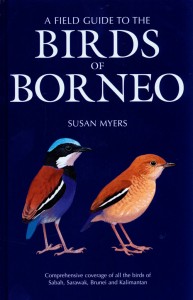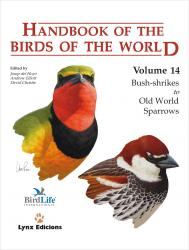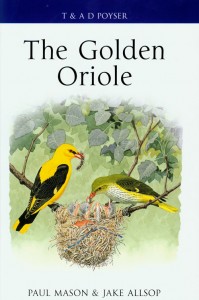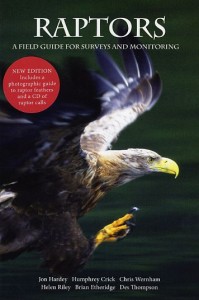 The long-awaited second edition of the classic Raptors: A Field Guide to Survey and Monitoring has now arrived at NHBS.
The long-awaited second edition of the classic Raptors: A Field Guide to Survey and Monitoring has now arrived at NHBS.
At a time when many raptors in Britain and Ireland are recovering from low population in the mid to late 20th Century (or earlier), there is a growing demand for high quality information on numbers, distribution, and population trends of these birds. This publication, written by experienced professionals, is aimed at people who watch, survey or monitor raptors. It provides detailed descriptions of survey methods for all species of raptor (Accipitriformes, Falconiformes, and Strigiformes), which regularly occur in the United Kingdom.
Written and edited by members of the Scottish Raptor Monitoring Group, this book draws on the knowledge and experience of over 300 raptor specialists. This book includes a CD-ROM containing raptor calls, sets out to promote best practice for the survey and monitoring of raptors. It is hoped that it will provide a starting point for anyone wanting to begin a raptor study, and indeed to encourage a new generation of raptor ecologists.
Get your copy of Raptors: A Field Guide to Survey and Monitoring today!
Browse other recent Raptors & Owls titles

